What made Rameses the Great so great?
What made Rameses the Great so great?
What made Rameses the Great so great?
-
Hannah
-
Hannah
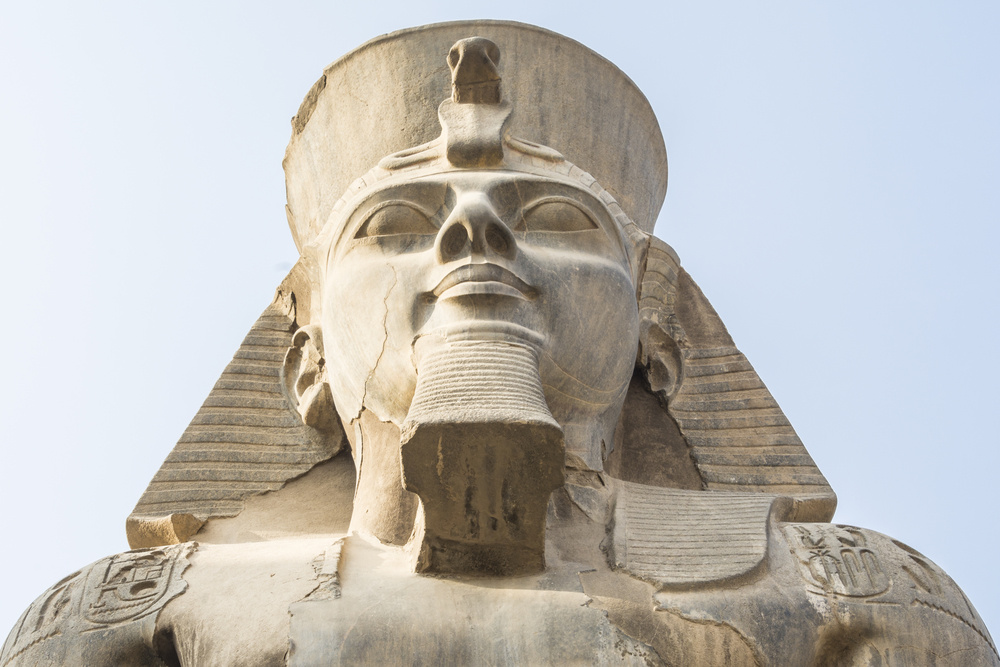
When you think of a pharaoh, who comes to mind? Tutankhamen, I imagine, thanks to the thrilling discovery of his treasure-filled tomb. But it’s a fair bet that you also think of a man called Rameses who was famously a great king.
Rameses II – ‘Ozymandias’ to the Greeks – was the third pharaoh of the Nineteenth Dynasty of the New Kingdom, ruling from 1279 to 1213 BC. So why was he known by those who came after him as ‘the Great Ancestor’?
He was not born to the role and yet ruled as if he was
Rameses II was not born a royal. The pharaoh Horemheb had no surviving sons to succeed him, and so he chose a man to be his successor: Paramesse. Paramesse had risen through the ranks of the military to become vizier of the pharaoh and, importantly, he had a ready-made line of succession, with a son and a grandson.
Once pharaoh, Paramesse became Rameses I. (Rameses means ‘born of Ra’ – Ra was the sun god. Rameses can also be spelled Ramesses or Ramses.) Paramesse reigned only briefly before his death. His son, Seti, became pharaoh, and then, in turn, Seti’s son, Rameses II.
Rameses II became prince regent at the age of 14, upon the death of his brother, and he took very seriously the job of becoming a powerful, strong pharaoh. He was so impressive in the role that nine future pharaohs took the name ‘Rameses’.
As pharaoh, Rameses II cemented his right to rule by promoting the idea that he was of divine birth. In his mortuary temple at Luxor, for example, artworks show Amun as his father. (Amun was the creator god of the sun and air.) Of course, as pharaoh Rameses was also himself divine.
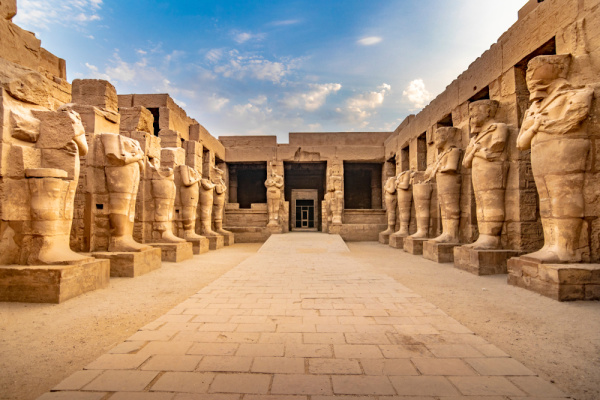
Statues of Rameses II depicted as the god Osiris, Karnak Temple
He ruled for many decades
The longest-ruling pharaoh in Egyptian history was Pepi II Neferkare, who ruled for 94 years. Rameses II was the second-longest-ruling king; he reigned for 66 years. That gave him a lot of time to build a lasting legacy, and it gave the Egyptian nation stability and consistency.
The Egyptians celebrated Rameses for his long rule. In fact, they even had a dedicated festival in their calendar to celebrate a long-standing pharaoh and to boost his/her might. The Sed festival was an elaborate event full of religious rituals, sacrifices and processions, and it was first held in the thirtieth year of a pharaoh’s reign, and then every four or so years afterwards. Living until his nineties, Rameses was honoured with a lot of these festivals.
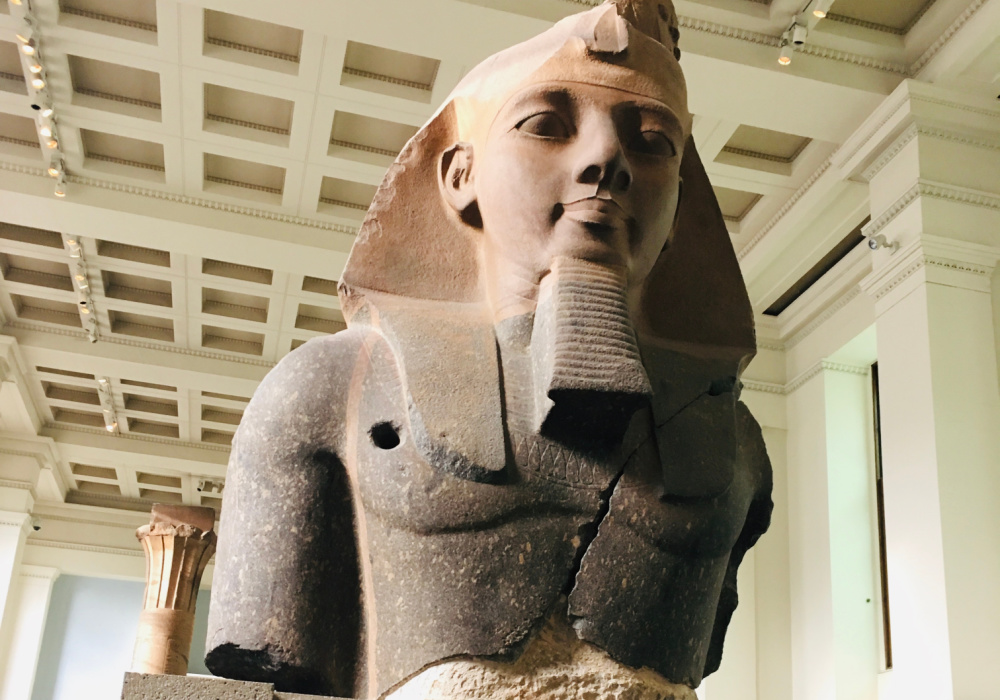
Younger Memnon, from the Ramesseum (on display at the British Museum)
He had a very big family
Rameses II had more than 200 wives and concubines. One of his favourite wives was Nefertari; after her death he built her a beautiful tomb in the Valley of the Queens.

Facsimile of art in Nefertari’s tomb, depicting the queen playing senet (on display at The Met museum)
With his wives and the women of his harem, Rameses II fathered more children than any other pharaoh: it is believed that he had 46 sons and 55 daughters. His children are depicted on several of the monuments Rameses II had built. He outlived some of his children, and upon his death he was succeeded by his thirteenth son, Merneptah, son of another of his favourite wives, Isetnofret.
He was a great and prolific builder
During his reign, Rameses II undertook the largest building programme of any pharaoh. He built and rebuilt temples and monuments across Egypt and Nubia, and he even built a brand-new city, Pi-Ramesses, and made this the capital of his kingdom.
The most famous architectural works by Rameses II are the colossal temples of Abu Simbel and the Ramesseum.
At Abu Simbel two temples were carved out of a cliff face: the Great Temple of Rameses II and the Temple of Hathor and Nefertari.
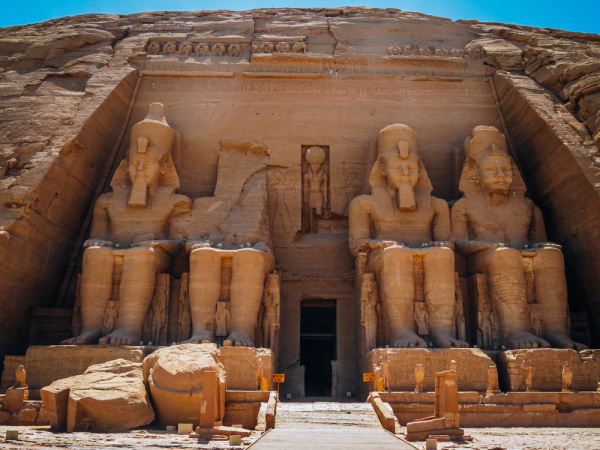
Great Temple of Rameses II

Temple of Hathor and Nefertari
Little remains today of the Ramesseum, but in its day it was a grand statement of the might and glory of the pharaoh. Its library alone contained 10,000 papyrus scrolls.
Along with these well-known monuments, Rameses II left his mark in many more temples, often in the form of huge statues of himself.

Statue at the Temple of Luxor
He was determined to make Egypt greater
National Geographic writes that ‘[Rameses II’s] 66-year reign is considered to be the height of Egypt’s power and glory’. Much of the reason for this is the pharaoh’s strength as a military leader. During his reign he launched several campaigns to secure the borders of the country against the Hittites, Nubians, Libyans and Syrians, leading an army of around 100,000 men.
Rameses II is especially remembered for leading the Egyptian army in the Battle of Kadesh in 1274 BC against the Hittite Empire, which is believed to be the biggest ever chariot battle.
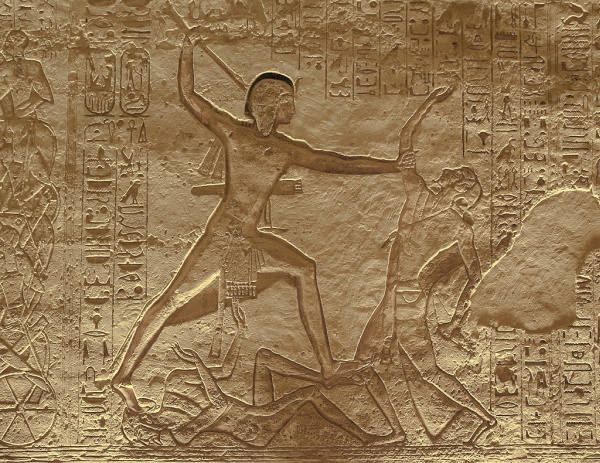
Rameses II slaying foes at the Battle of Kadesh, Abu Simbel
Sixteen years after the battle, Rameses II signed a peace treaty with the Hittites. The agreement, carved in hieroglyphics on a stela in the Karnak Temple, is the oldest surviving peace treaty. Today, a copy of it is displayed in the headquarters of the United Nations.
Picture credits: 1) Alberto Loyo/Shutterstock.com; 2) Bist/Shutterstock.com; 3) Natasha Jovanovic/Shutterstock.com; 4) public domain, The Met; 5) Lu Yang/Shutterstock.com; 6) matias planas/Shutterstock.com; 7) AlexAnton/Shutterstock.com; 8) public domain/Wikipedia.